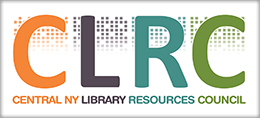
The Public Libraries Survey (PLS) examines when, where, and how library services are changing to meet the needs of the public. These data, supplied annually by public libraries across the country, provide information that policymakers and practitioners can use to make informed decisions about the support and strategic management of libraries.
The data are collected from approximately 9,000 public libraries with approximately 17,000 individual public library outlets (main libraries, branches, and bookmobiles) in the 50 states, the District of Columbia, and outlying territories and includes information about library visits, circulation, size of collections, public service hours, staffing, electronic resources, operating revenues and expenditures and number of service outlets. Learn more about PLS data element definitions.
PLS data are useful to researchers, journalists, the public, local practitioners, and policymakers at the federal, state, and local levels, and are used for planning, evaluation, and policy making.
For full survey results go to:
https://www.imls.gov/research-evaluation/data-collection/public-libraries-survey
